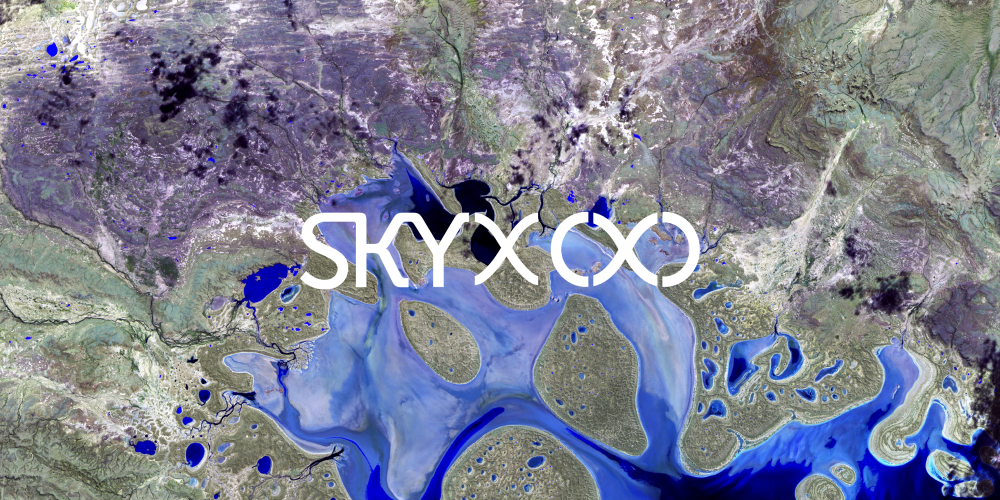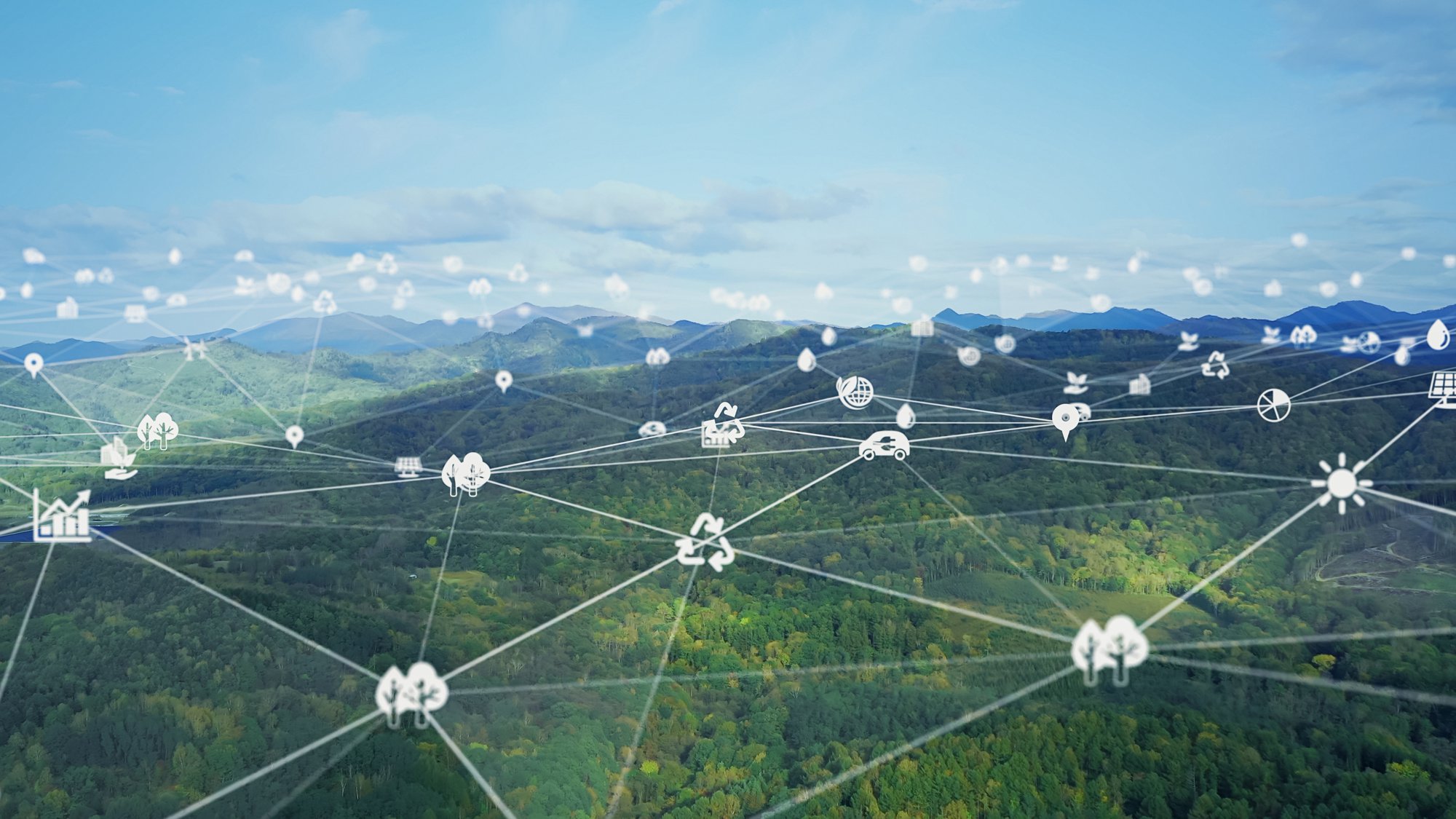Drones are a fantastic tool for gathering visual data, but as the saying goes, you need to pick the...
How Aerial Data Benefits the Environment on a Global Scale

Aerial data is indispensable to maintaining oil pipelines. But the data can also be used to predict and solve larger-scale environmental issues.
As the climate changes, the world is becoming more susceptible to different types of disasters like tsunamis, avalanches, and hurricanes. While we may not be able to stop them, we can now predict the timing, severity, and potential impact of these events. With technology such as aerial data, we can take the right actions at the right time to reduce the impact natural disasters have on people and the planet.
Let’s look at how collecting and processing this aerial data can benefit a variety of businesses and even help solve large-scale environmental challenges.
Typical Use Cases of Aerial Data
Aerial imagery refers to images taken from any airborne craft. Aerial data is a bird’s-eye view of the world, and aerial photography helps businesses and organizations make important decisions about aging infrastructure or remote assets.
One of the biggest players in modern-day aerial data is artificial intelligence (AI). As AI becomes a driving force in several industries, the traditional methods of aerial imagery are slowly becoming outdated. As such, unmanned aerial vehicles (UAVs) have emerged as the most efficient tool for collecting aerial data.
SkyX Systems helps businesses make smarter decisions
Various industries, including Oil and Gas are already using aerial data to be collected by UAVs for troubleshooting ecological issues like gas leaks.

Aerial Data and Solving Environmental Problems: Exploring Possibilities
The applications of UAVs in various industries have shown how technology can play an important role in gathering critical information about the environment. For instance, UAVs can be used in aiding vegetation restoration at Oil and Gas sites, examining solar panels and turbines, and monitoring remote natural reserves. They’re also a better alternative to vehicles and helicopters, as they don’t rely on fossil fuel and can easily traverse rough terrain.
Aerial data is actively helping us solve environmental and climate change-related problems in several ways:
Preventing Major Chemical Leaks (or Similar Incidents)
Pipelines need regular inspection to prevent damage and chemical leaks. However, manually inspecting pipelines can be challenging because they pass through varied landscapes and are spread over a vast distance.
Aerial data can be used to catch small issues before they become critical. For instance, SCADA network technology captures important metrics like temperature, flow rate, and pressure. Moreover, with UAVs and AI, maintenance workers, and site managers can detect and fix chemical leaks before they become dangerous.
Early Detection of Natural Disasters Where Possible
Aerial data technology also helps with detecting natural disasters ahead of time. By using satellite imaging data to create 3D images, researchers have developed a way to detect changes occurring on the Earth’s surface. This includes ice cover changes, greenhouse gas detection, desertification, and coral reef issues.
This also makes it easier to carry out evacuation plans. Sophisticated data capturing can even help decode the severity of the impending disaster. Using this information, governments can safely evacuate people before the disaster happens.
Disaster and Risk Prevention Measures
With aerial data, we can also minimize the fallout from these natural disasters. For example, NASA’s ASTER and Landsat satellites track changes in ice caps and monitor glacial melting. Aerial data makes it possible to monitor oceans and coastlines and map sea level changes. Regular monitoring of vulnerable areas can help devise risk prevention strategies.
Aerial Data Helps Companies and Businesses
UAVs are equipped with thermal imaging, methane sensors, and image and video capture facilities. Moreover, the use of LiDAR has made it easier to collect aerial data with high accuracy, including data from different terrains or tunnels. LiDAR technology also uses an active illumination sensor so the data can be captured day or night.
Examples of how aerial imagery is currently being used:
Mining
Potentially toxic gases and other underlying threats make mining one of the most dangerous industries to work in.
However, with new technologies and safety measures, injuries and fatalities have been consistently decreasing. For example, 37 people died in mining incidents in 2021—a 49% drop from 2001.
UAVs and aerial technology can enhance mine safety even further. For instance, inspectors can use this technology to produce a LiDAR-generated map of the mine or detect possibly hazardous gas. Aerial vehicles can also explore areas of the mine humans can’t reach.
Bridges
Most bridges across the globe are at least 50 years old.
Currently, companies use snooper trucks to ensure quality control, although these vehicles can be dangerous if it malfunctions. Moreover, the cost of inspecting these bridges is also quite high. Using UAVs and aerial data instead can help bridge inspectors avoid injury and keep costs down.
In addition, AI-enabled UAVs actively check the quality and health of bridges by capturing and uploading any critical data like defects and maintenance issues. And as with mining, UAVs can easily get into hard-to-reach places for a more comprehensive inspection.
Utility Poles and Power Lines
Maintaining power lines can be dangerous.
Electrical hazards cause more than 300 deaths and 4,000 injuries each year in the American workforce.
UAVs provide a safer and less expensive option for power line inspections. They remove humans from risky situations and can easily maneuver difficult terrain. And with technologies such as LiDAR, color, thermal imagery, and aerial data — companies can easily troubleshoot any type of problem.
Maintain Asset Integrity With SkyX
Collecting and processing aerial data can be challenging, especially if you don’t have the right tools, such as AI and unmanned aerial vehicles.
SkyX is the leading aerial data solutions provider that helps companies gain valuable insights without investing in manual labor and risking lives.
Ready to make your assets safer and more efficient? Get started with SkyX’s purpose-built aerial solution.
Book a 30-minute demo now to learn how SkyX can help your business.
